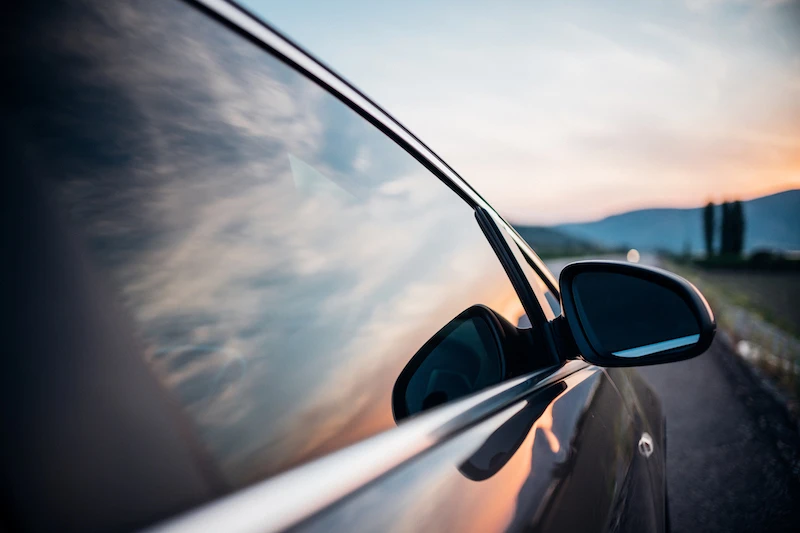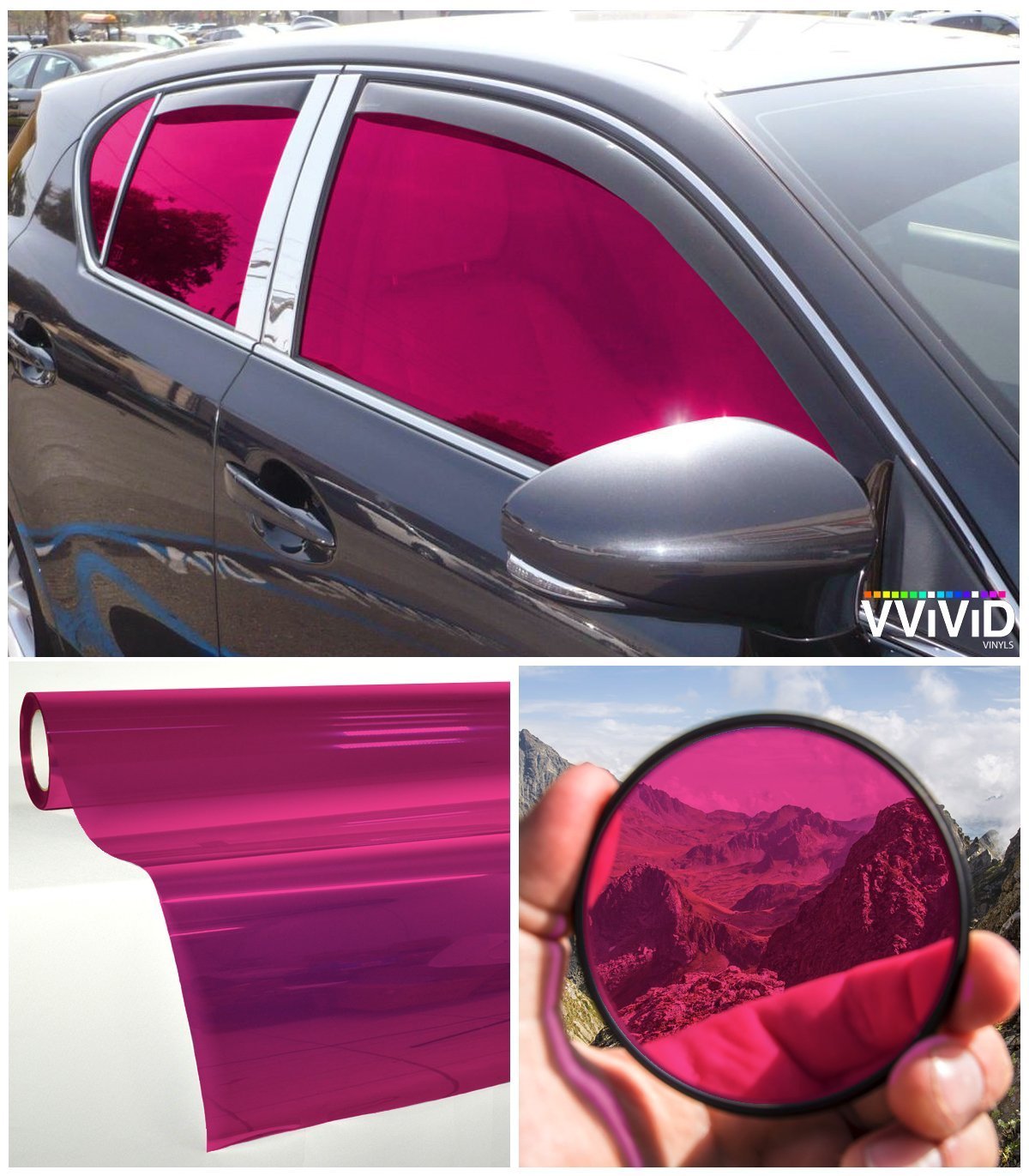Improve Your Car’s Performance and Look with Expert Window Tinting Services
Improve Your Car’s Performance and Look with Expert Window Tinting Services
Blog Article
Home Window Tinting Regulations: What You Need to Know Prior To Tinting Your Auto
Comprehending home window tinting laws is essential for any kind of automobile proprietor considering tinting their car. Rules vary dramatically from state to state, developing certain limits for Visible Light Transmission (VLT) percents, specifically for front-side windows and windshields. Failure to comply with these legislations can lead to penalties, the requirement to eliminate the tint, and problems with insurance policy. As you consider enhancing your automobile's appearance and capability, it is crucial to comprehend not just the legal implications but also the functional considerations that include choosing the right color. What aspects should you prioritize in your decision-making procedure?
Value of Recognizing Color Rules
Recognizing home window tinting regulations is critical for automobile proprietors to make certain conformity with state policies. These regulations dictate the allowable levels of tint darkness and reflectivity, which can significantly differ from one territory to an additional. Stopping working to comply with these policies can cause penalties, necessary removal of the color, and possible complications throughout lorry evaluations.
Furthermore, comprehending these regulations aids car owners make informed decisions concerning their tinting options. Different sorts of home window movies offer various benefits, such as UV protection, warmth denial, and glow reduction. Nonetheless, without understanding of the legal limits, automobile owners risk choosing items that might ultimately lead to lawful issues.
In addition, recognition of tinting legislations fosters a more secure driving atmosphere. window tinting. Excessively dark tints can hinder visibility, boosting the danger of accidents, particularly in the evening or in negative weather problems. Police also use these regulations to make certain roadway safety, making compliance not simply a personal duty yet a lawful responsibility
State-Specific Tint Rules
Each state in the U.S. has actually established its own details laws relating to home window tinting, reflecting a varied array of standards and needs. These regulations can vary dramatically, influencing how vehicle owners come close to setup and compliance. For circumstances, some states permit darker tints on rear home windows while enforcing rigorous restrictions on front-side windows.
Furthermore, laws usually specify permitted tint products and colors. Certain states restrict reflective colors entirely, while others might allow them to a restricted level. In addition, some territories mandate that lorries with colored home windows display a sticker label showing compliance with state regulations, providing a clear identification for police.
Enforcement of these regulations also varies; some states are more positive, carrying out random checks, while others depend on problems or visible infractions to start enforcement. Lorry owners ought to understand that failure to conform with state-specific tint guidelines can cause fines, required elimination of prohibited colors, or both.

Legal Tint Percentages
Determining the legal tint percentages is essential for car owners looking for to comply with state guidelines. Each state has certain legislations governing just how much light needs to pass with the windows of a vehicle, which is expressed as a percent referred to as Noticeable Light Transmission (VLT) This portion varies dramatically throughout states and can depend on the type of window-- front side, back side, and windshield.
As an example, some states enable just 20% VLT on front side windows, while others may allow as much as 50%. Windshield tinting is frequently a lot more restricted, with several jurisdictions allowing only a narrow band of color at the top of the windshield. In comparison, rear windows generally have extra tolerant regulations, with some states permitting darker tints.
It is important for lorry owners to acquaint themselves with their local laws to prevent potential lawful issues. go to website This consists of understanding how VLT is measured, as it can vary based on the sort of home window film utilized. Remaining informed concerning these regulations makes certain conformity and advertises risk-free driving problems for both the vehicle proprietor and others on the roadway.
Repercussions of Non-Compliance
Failing to follow home window tinting laws can result in considerable consequences for lorry owners. One of the most prompt consequence is the potential for website traffic stops and citations from police. Police officers trained to determine unlawful tint degrees might issue fines, which can vary by territory but usually vary from moderate to substantial quantities. Repeated offenses may lead to boosted penalties, consisting of greater fines or additional points on a motorist's certificate.

Insurance provider might likewise penalize for non-compliance, as illegal adjustments can be considered as a violation of policy terms. If a case happens., this can influence insurance coverage rates or lead to problems in claims.
Ultimately, the consequences of non-compliance prolong beyond immediate punitive damages; they can impact a chauffeur's insurance rates, lawful standing, and total automobile value, stressing the importance of sticking to regional window tinting regulations.
Tips for Finding Tinting Options
When choosing home window tinting alternatives,Comprehending the implications of non-compliance highlights the value of making notified selections. Acquaint on your own with your state's certain laws relating to color darkness and reflectivity. Each state has special regulations that determine the permissible limitations, so guarantee you stay within these standards to prevent fines.
Secondly, consider the sort of tint material. Alternatives include dyed, metalized, and ceramic colors, each offering varying levels of warmth rejection, UV security, and toughness. For circumstances, ceramic tints give exceptional warm resistance without disrupting electronic gadgets, making them a prominent option.
Furthermore, analyze your primary function for tinting. If you seek boosted personal privacy, go with darker tints; nevertheless, remember that this may affect exposure during the night. Conversely, if glare reduction and UV security are your primary worries, lighter colors might suffice.
Finally, consult with an expert installer that is experienced regarding local policies and can recommend premium products fit to your requirements (window tinting). Taking these elements into account will ensure you make a well-informed decision, ultimately enhancing both your vehicle's looks and performance
Verdict
In final thought, familiarity with home window tinting laws is crucial prior to applying color to an automobile. By understanding lawful requirements and picking suitable color products, automobile owners can accomplish visual enhancement while staying certified with appropriate regulations.
Understanding home window tinting laws is crucial for any car proprietor considering tinting their car.Comprehending home window tinting regulations is crucial for car proprietors to guarantee compliance with state policies. Some click for more states enable darker colors on back home windows while enforcing stringent limits on front-side windows.
In contrast, back home windows typically have much more tolerant policies, with some states allowing darker colors. (window tinting)
In conclusion, familiarity with window tinting laws is vital prior to applying tint to a lorry.
Report this page